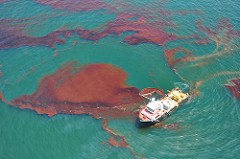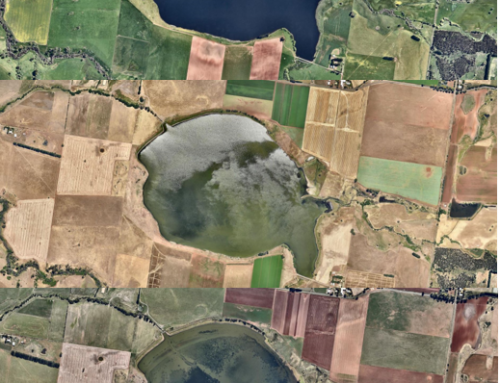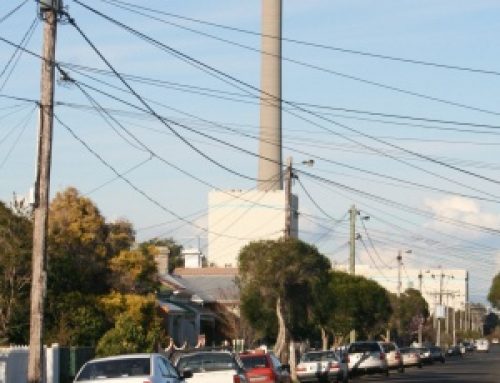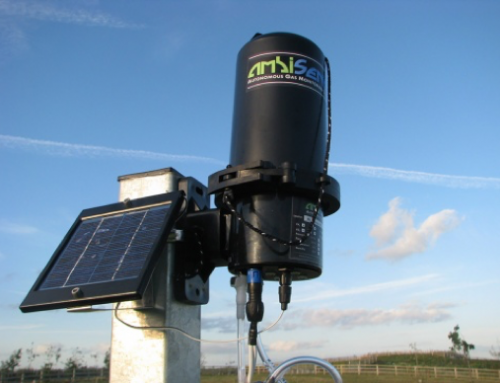On April 22nd 2010 the Deepwater Horizon oil wellhead blew at a depth of 1544m below the surface of the Gulf of Mexico. By the time the well was finally capped an estimated 440,000 barrels of oil were released into the marine environment, creating an environmental disaster of nearly unprecedented scale. Whilst much of the debate – social, political, legal and academic – has centered on the ramifications of the disaster on corporate law, emergency response and the macroenvironment, equally important lessons have emerged focusing on the role of naturally-occurring microorganisms on the degradation of the released hydrocarbons. A recent article published by Dombrowski et al (2016) has shed new light on the fascinating role of complex communities of bacteria who work together behind the scenes to break down the hundreds of compounds found in crude oil. They discovered that a range of bacteria working in concert must be present to breakdown the full range of these compounds. It was even discovered that bacteria were present capable of breaking down the dispersant that was hurriedly applied to the wellhead, potentially exacerbating the environmental perturbation caused by the spill (see Susan Shaw’s TED Talk for more discussion of this quiet disaster.)
 |
| Traditional skimming of the soil slick in the Gulf of Mexico (Photo: NOAA) |
This work builds on that by Hazen et al (2010) who recorded a rapid rise in bacterial populations in the area following the spill. Notably they surmised that the success of the indigenous bacteria in rapidly responding to the spill was probably due to the presence of an existing diversity of halophilic bacteria that evolved on oil slowly seeping from fractures in the seafloor. It is this final point that resonates strongly with modern contaminated land management and remediation. Rapid and effective in situ bioremediation of contaminated sites can only be facilitated by an effective population of microorganisms which possess the biochemical capability to process the variety of compounds present.
Microbial Insights have developed a range of industry leading assays to provide cost-effective means for surveying, and in many cases quantifying, the microorganisms present at a site to allow assessment of the potential for timely bioremediation. For example, the QuantArray allows for precise and accurate identification and quantification of key microorganisms, functional gene groups and terminal electron accepting processes involved in bioremediation of chlorinated solvents and petroleum-based hydrocarbons.
 |
| The Bio-Trap provides a convenient and robust method of sampling wells |
QuantArray is particularly effective in predictng the effectiveness of remediation strategies, minimising the chance of failed remediation works.
For more information, check out our podcast with Dora Taggert from Microbial Insights as well as our comprehensive range of products.
![Environmental Monitoring Services [HydroTerra] Logo](http://environmentalmonitoringservices.com.au/wp-content/uploads/2019/07/HydroTerra-Logo-White-500X112.png)





Leave A Comment